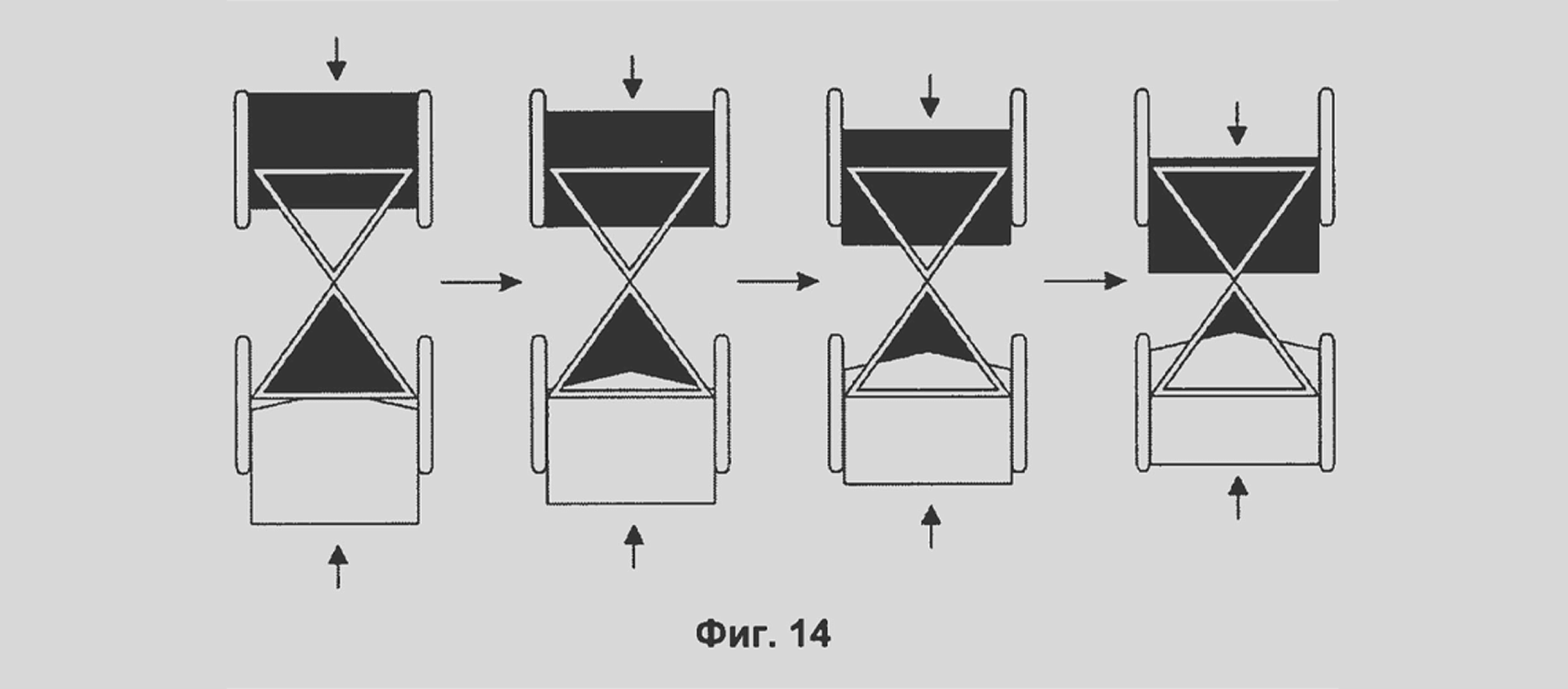Действительно, когда я задумывал часы Carpe Diem, а было это уже довольно-таки давно, весной 2013 года, мной руководила именно эта мысль – наслаждаться каждым моментом. В этом суть концепции, выраженной фразой Овидия: cárpe diém, quám minimúm crédula póstero, или же «пользуйся днём, меньше всего веря грядущему», если цитировать эту фразу по русскому переводу Сергея Шервинского.

Непосредственно же меня вдохновили натюрморты голландских живописцев, работавших в аллегорическом жанре vanitas, который был необычайно популярен в начале XVII века, настолько, что немало образцов жанра попало в российские коллекции и теперь представлено в российских музеях, включая ГМИИ имени Пушкина в Москве. В тот момент я сразу же начал примерять, как этот жанр можно было бы выразить в часах, и мне пришла в голову идея поставить на циферблат индикатор времени в том или ином виде – часов, минут или какого-либо нецикличного процесса (здесь я цитирую свою патентную заявку, которая была оформлена в 2013-м) – в виде анимации песочных часов. Я считаю, что наиболее ценной идеей был принцип аллегорических часов, в которых песочные часы как классический элемент аллегорического натюрморта были реализованы методами часовой механики и действовали, как подсистема часового механизма. То есть мне удалось изобрести не простой, стационарный аллегорический натюрморт, но анимированный, движущийся и полностью механический.

Вместе с разработкой конструкции я занялся проверкой – а вдруг уже был часовщик, а может быть, и не один, кому в голову уже приходила эта счастливая идея, поставить анимированные песочные часы на циферблат, ведь для часов с жакемарами или с анимированными музыкальными сценами было придумано немало различных движущихся фигурок… Однако нет, в этом меня ждала неудача. Не буду притворяться, что меня это опечалило. Поэтому я с чистым сердцем отдал патентную заявку на патентное ведомство, и уже всерьёз занялся конструированием моих часов Carpe Diem. В них я реализовал лишь один тип из заявленного мною семейства часовых индикаторов в виде анимации песочных часов – указатель минут. Почему я выбрал именно индикацию минут? Ответ прост: секунды, например, выглядели бы куда более динамичными, но для работы такого устройства потребовалась бы бездна энергии, запасы которой в компактном механизме наручных часов весьма ограничены.
С часами, или, скажем, указателем запаса хода проще – там движение медленное, и энергии требуется меньше, но и картинка меняется уж очень медленно, в тот момент это меня не устраивало. Поэтому индикатор минут представлялся оптимальным выбором. Патент RU2537507 был зарегистрирован и опубликован 10 января 2015 года, первый изготовленный мною экземпляр часов Carpe Diem был представлен российской публике и журналистам тринадцатью месяцами ранее – 10 декабря 2013 года. Минуты в них измерялись песочными часами, в которых имитация движения песка в верхней и нижней колбах осуществлялась механическими шторками с приводом от минутного колеса часового механизма.

Несколько дней назад, сразу же после начала онлайн-выставки Watches & Wonders Geneva 2021, вдруг ко мне посыпались сообщения от клиентов, друзей моей мануфактуры: посмотри, бренд Louis Vuitton в только что представленных часах Tambour Carpe Diem воспользовался твоей идеей. Проверил – да, это так. И вот тут я подумал: «Да! Carpe Diem, именно об этом мои часы». Часовое искусство – это грандиозное поле изобретательности и креативности, и случается, что даже великие часовщики иногда пользуются плодами чужого гения. Турбийоном, детищем Авраама-Луи Бреге, пользуются чуть ли не все часовщики мира, выпускающие сложные механические модели. Его же стрелки, арабские цифры маркеров часовой шкалы… Да мало ли что ещё. Помнит ли кто-нибудь, кто первым использовал циферблат с брегетовскими цифрами? Нет, никто не помнит. Но что его первым создал Бреге, помнят все.
Эта мысль меня греет. Carpe Diem.

Если великий бренд (я здесь далёк от того, чтобы произносить это с иронией или скептицизмом) продолжает линию изобретённого когда-то мною и запатентованного (патент всё ещё действует, пусть только на территории России) механической системы индикации, воспроизводящей действие песочных часов, а вместе с тем изобретённой новой концепцией механически анимированной аллегории, что ж, я не приветствую этот факт, но надеюсь, что моя идея будет жить дальше в часовом искусстве.
https://youtu.be/aDTWKM3F6KA
